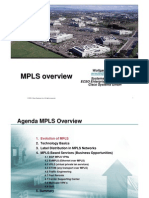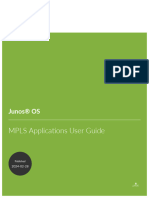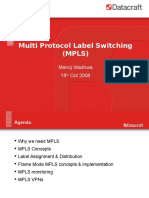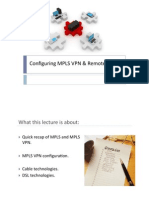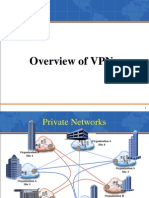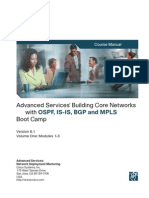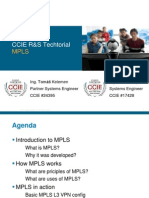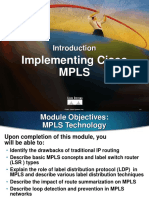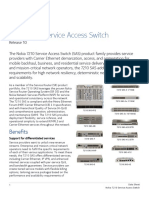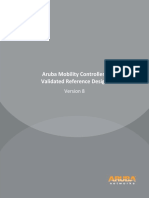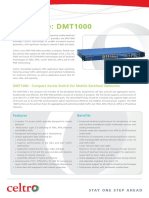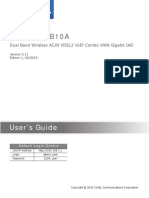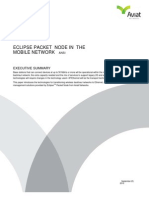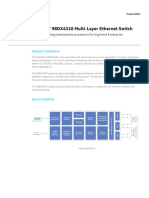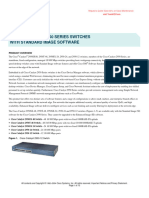0% found this document useful (0 votes)
156 views4 pagesMPLS
This document provides an overview of MPLS (Multiprotocol Label Switching) and Quality of Service (QoS) technologies. It discusses MPLS architecture, configuration and applications including MPLS VPNs, LDP, traffic engineering and Layer 2 VPNs. It also covers QoS fundamentals, classification, congestion management, traffic policing and shaping best practices. The document aims to explain how these technologies work and their implementation on Cisco routers.
Uploaded by
Arjun SenCopyright
© © All Rights Reserved
We take content rights seriously. If you suspect this is your content, claim it here.
Available Formats
Download as DOCX, PDF, TXT or read online on Scribd
0% found this document useful (0 votes)
156 views4 pagesMPLS
This document provides an overview of MPLS (Multiprotocol Label Switching) and Quality of Service (QoS) technologies. It discusses MPLS architecture, configuration and applications including MPLS VPNs, LDP, traffic engineering and Layer 2 VPNs. It also covers QoS fundamentals, classification, congestion management, traffic policing and shaping best practices. The document aims to explain how these technologies work and their implementation on Cisco routers.
Uploaded by
Arjun SenCopyright
© © All Rights Reserved
We take content rights seriously. If you suspect this is your content, claim it here.
Available Formats
Download as DOCX, PDF, TXT or read online on Scribd
/ 4








